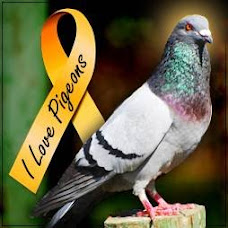The Magnetic Organ
In 1975, a researcher noticed that the bacteria he was studying always clustered at the north side of their culture dish. Even if he turned the dish so that they were at the south end and left it overnight, the next morning the bacteria were back at the north side. Each bacterium contained a chain of tiny magnets! The magnets were actually crystals of the natural magnetic mineral magnetite, the original lodestone of preliterate peoples. Somehow, the bacteria absorbed the soluble components from the water and put them together in their bodies as the insoluble crystalline chain. In 1971, another researcher reported on a lengthy series of experiments with pigeons. He found the same crystals of magnetite, as a submicroscopic mass located on the surface of the pigeon's brain. He found that the mass of crystals was full of nerve fibers that seemed to go into the brain. The magnetite crystals "tell" the pigeon's brain the exact direction of the Earth's magnetic field, and the pigeon uses this information to navigate with its amazing precision. The salamander has two separate magnetic navigational systems. One provides a simple compass, so that when traveling "cross country," it will go in a straight line. The other system enables it to return to the exact spot where it was hatched from its egg in order to mate and lay more eggs. The human "magnetic organ" has been found in the posterior wall of the ethmoid sinus, just in front of the pituitary gland. Humans have an innate ability to sense the direction of magnetic north, and this ability can be blocked by placing a bar magnet against a person's forehead for only fifteen minutes! The directional sense is disturbed for as long as two hours after application of the magnet. It is a sense organ that informs the organism of the direction of the Earth's magnetic field. Nature has provided us with yet another organ that also senses the field and extracts even more significant information from it.
Read the entire article here.
Subscribe to:
Post Comments (Atom)












No comments:
Post a Comment